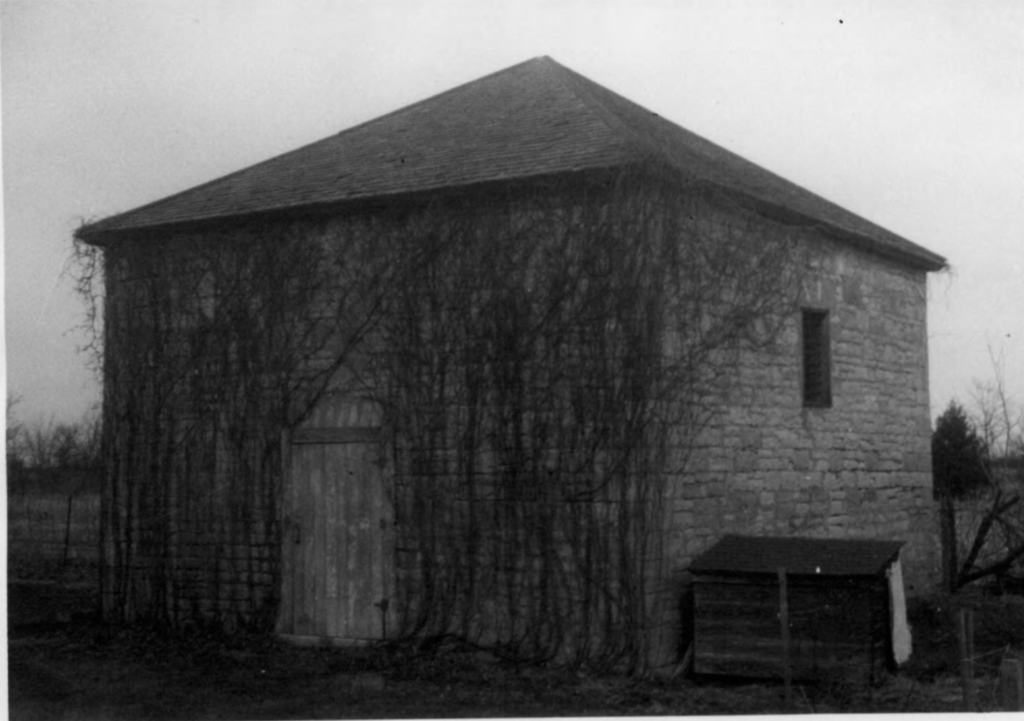“At last all are fairly launched upon the broad prairie–the miseries of preparation are over–the thousand anxities occasioned by wearisome consultations and delays are felt no more. The charioteer, as he smacks his whip, feels a bounding elasticity of soul within him, which he finds it impossible to restrain…. The hilarious song, the bon mot and the witty repartee, go round in quick succession; and before people had had leisure to take cognizance of the fact, the lively village of Independence…is already lost to the eye.” –Josiah Gregg, Commerce of the Prairies, 26
The Santa Fe Trail offers much more than a simple story of America’s westward expansion. Pioneered in 1821 by William Becknell, it served as a vital commercial highway until the introduction of the railroad to Santa Fe in 1880. The trail connected Missouri, on the western margin of a growing United States, with New Mexico, at the northern end of a newly-independent, Spanish-speaking nation; Santa Fe was near the end of the Camino Real de Tierra Adentro), which carried trade from Mexico City. This massive system of exchange linked different continents, commodities, and cultural groups across vast distances.

Starting at the trail’s eastern end in Missouri, Neff Tavern Smokehouse attests to the role of German Americans in supplying trail travelers. Blue Mills proved a crucial outfitting stop, as well as an important river crossing. As the Independence urban area gives way to Kansas City, trail aficionados can see the dwellings of three important Santa Fe Trail merchants: Alexander Majors, who helped pioneer the Pony Express; Seth Ward, a skilled trader and trapper; and Lewis Jones, one of the Santa Fe Trail’s most successful traders. Southwest of Kansas City sits the Mahaffie House, the only stage station along the trail that is currently open to the public. Baker University’s Old Castle Hall holds the distinction of being the oldest university in Kansas; another school, the nearby Lanesfield School, serves as the last remnant of a popular mail stop along the Santa Fe Trail. For westbound travelers, the Council Grove Downtown Historic District was the last settlement of any size until Santa Fe.

Rumored to be less exposed to Native American attacks, the trail’s Mountain Route entered present-day New Mexico via Raton Pass connecting the Arkansas River valley with the Pecos and Rio Grande watersheds. Going south, the mill at the La Cueva Historic District provided weary wagon trains–as well as nearby Fort Union–with freshly-milled grain. The Las Vegas Plaza Historic District, slightly farther south, grew large enough to offer lodging, restaurants, and shops on the trail’s home stretch. After dipping farther south to avoid the Sangre de Cristo mountains, travelers reached the San Miguel del Vado Historic District, where they crossed the Pecos River. Fort Marcy, located in Santa Fe, marked the end (or beginning) of a long journey. Standing at the cross section of two major trails (the Santa Fe Trail and the Camino Real de Tierra Adentro, the fort served as a bulwark against Native American raids.

Today, the National Trails office of the National Park Service and its partner organization, the Santa Fe Trail Association, recognize a variety of trail sites–ruts, crossings, houses, forts–integral in telling the trail’s story. While some of these are more easily accessed than others, cultural resources along the Santa Fe Trail remind us that highways existed long before the automobile. Accordingly, the Santa Fe Trail National Scenic Byway follows the general contours of the trail through Kansas, southern Colorado, and northern New Mexico.